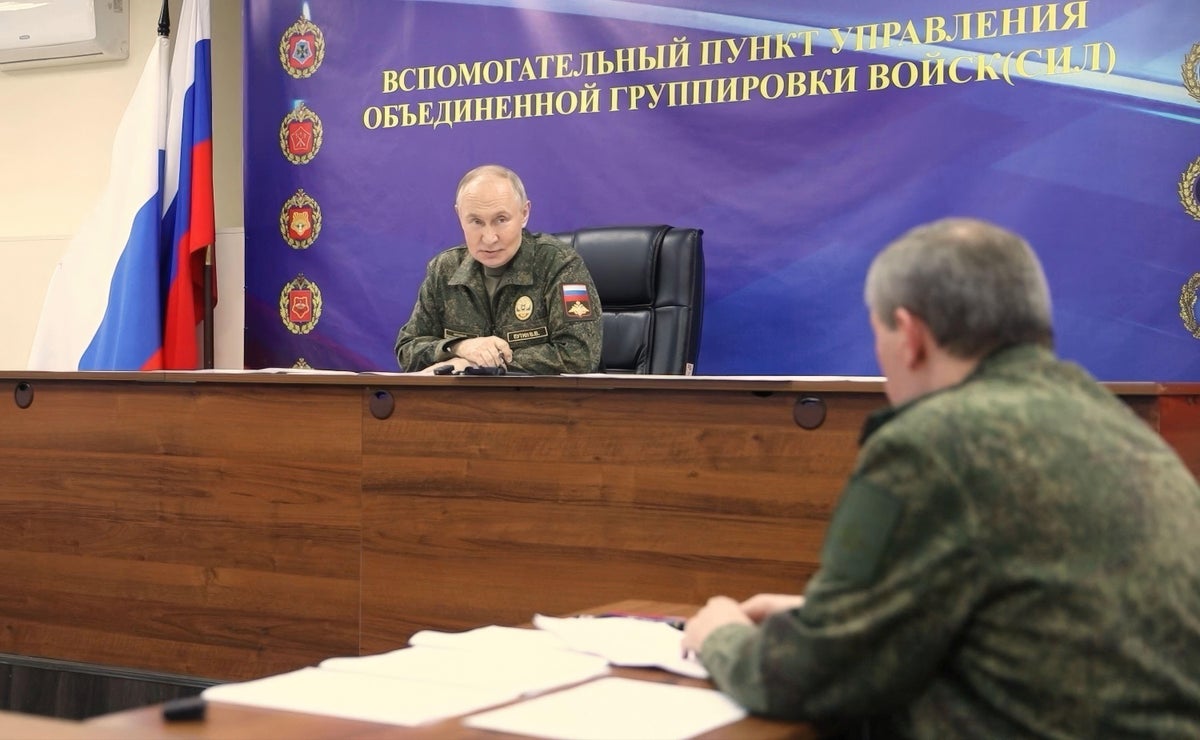
"Cruise missiles are essentially a flying jet engine that is armed with a warhead; some can fly at low altitudes to escape radar detection and air defenses. They require a boost, either via rocket launch or release from a high-speed aircraft, to get air flowing through an inlet to spin up their engine. As they fly, they compress that incoming air, mixing it with fuel and burning the mixture to produce thrust."
"Announced in 2018 as part of a package of new weapons that are meant to overcome U.S. defenses, Russia's missile's official designation is 9M730 Burevestnik (Russian for storm petrel, a seabird known for its long, low flights in search of prey). In his recent remarks, Putin called the Burevestnik missile a unique weapon that no other country possesses, and chief of the general staff of Russia's armed forces Valery Gerasimov claimed it flew some 8,700 miles for 15 hours during its October 21 test flight."
Russia announced a test flight of the 9M730 Burevestnik, a nuclear-powered cruise missile designed to evade U.S. defenses. Officials claimed the missile flew about 8,700 miles over 15 hours during an October 21 test. Cruise missiles use jet engines and require a boost to start airflow; they compress incoming air, mix it with fuel, and burn it to generate thrust. A nuclear-powered variant replaces the jet engine with a reactor that heats incoming air to produce thrust, eliminating fuel combustion and dramatically extending range and endurance. Critics warn of radioactive contamination risk; experts compared the concept to a 'tiny flying Chernobyl.'
#nuclear-powered-cruise-missile #9m730-burevestnik #cruise-missile-technology #russian-strategic-weapons
Read at www.scientificamerican.com
Unable to calculate read time
Collection
[
|
...
]